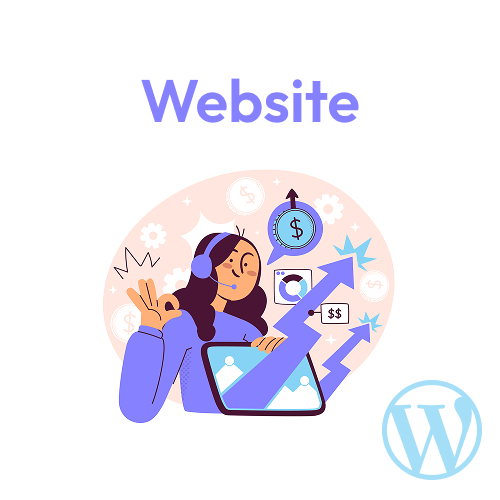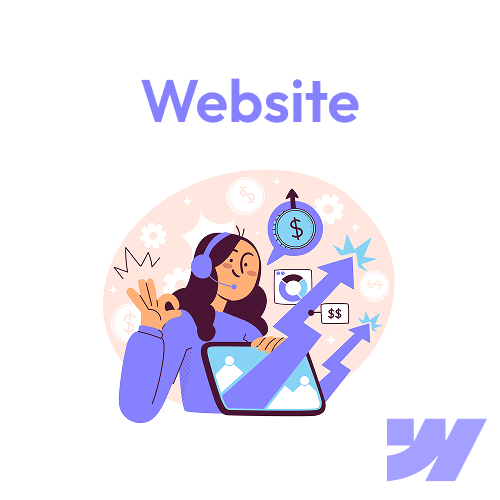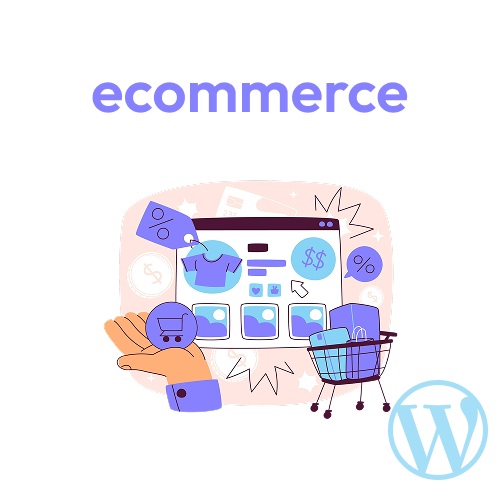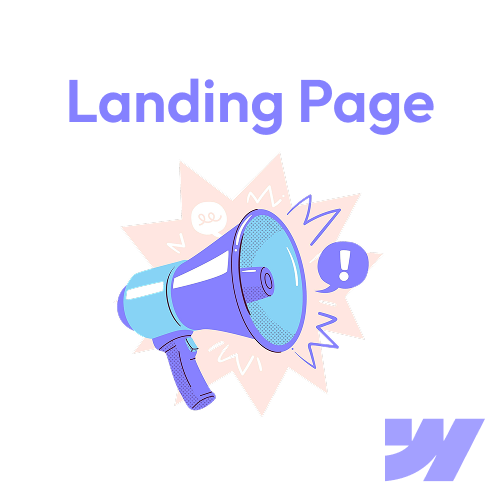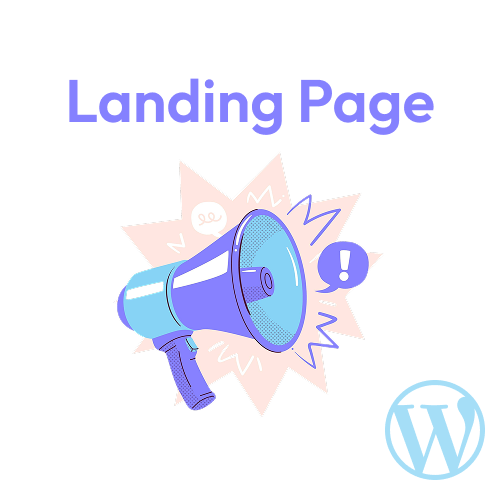In today’s digital landscape, web accessibility isn’t just a nice-to-have it’s a necessity. Ensuring your website is accessible means providing an inclusive experience for all users, including those with disabilities. Beyond being an ethical responsibility, accessibility improves SEO, user experience (UX), and legal compliance.
In this post, we’ll explore why web accessibility is crucial and how your business can achieve it while optimizing for search engines to attract more visitors to your web design studio website.
Why Web Accessibility Matters
1. Inclusivity for All Users
Over 1 billion people worldwide live with disabilities, including visual, auditory, motor, and cognitive impairments. An accessible website ensures everyone can:
- Navigate easily with screen readers
- Understand content with proper contrast and text alternatives
- Interact without relying solely on a mouse
2. Better SEO Performance
Search engines like Google prioritize accessible websites because they align with Core Web Vitals and usability standards. Key accessibility practices like semantic HTML, alt text, and keyboard navigation also improve crawlability and rankings.
3. Legal Compliance & Risk Reduction
Many countries enforce accessibility laws (e.g., ADA, WCAG, EU Web Accessibility Directive). Non-compliance can lead to:
- Legal penalties
- Reputation damage
- Lost business opportunities
4. Improved User Experience (UX) for Everyone
Accessibility features such as clear headings, readable fonts, and captioned videos benefit all users, including those on mobile devices or slow connections.
How to Make Your Website Accessible
1. Follow WCAG Guidelines
The Web Content Accessibility Guidelines (WCAG) set the standard for accessibility. Aim for at least WCAG 2.1 Level AA compliance by focusing on:
- Perceivable (text alternatives, captions, adaptable content)
- Operable (keyboard navigation, no seizure-inducing flashes)
- Understandable (clear language, consistent navigation)
- Robust (compatibility with assistive technologies)
2. Optimize for Screen Readers
- Use semantic HTML (proper
<h1>–<h6>headings,<nav>,<button>) - Add alt text to images (e.g.,
alt="woman using a screen reader on a laptop") - Ensure ARIA labels for interactive elements
3. Ensure Keyboard Navigation
Users should be able to:
- Tab through menus, forms, and buttons
- Skip repetitive content with a “Skip to Main Content” link
- Avoid keyboard traps (e.g., modals that can’t be closed without a mouse)
4. Improve Color & Contrast
- Use sufficient contrast ratios (at least 4.5:1 for text)
- Avoid color-only cues (e.g., “Click the red button” without text labels)
- Test with tools like WebAIM Contrast Checker
5. Make Forms & Media Accessible
- Label form fields clearly (
<label for="email">Email</label>) - Provide transcripts for audio and captions for videos
- Ensure all interactive elements have focus states
6. Test & Audit Regularly
- Automated tools: WAVE, axe, Lighthouse
- Manual testing: Screen readers (NVDA, VoiceOver), keyboard-only navigation
- User testing: Include people with disabilities in UX testing
Common Accessibility Mistakes to Avoid
❌ Ignoring alt text – Empty or vague alt="" tags hurt SEO and accessibility.
❌ Poor heading structure – Skipping heading levels (<h1> to <h4>) confuses screen readers.
❌ Low-contrast text – Light gray text on white backgrounds is unreadable.
❌ Auto-playing media – Can disorient users with cognitive disabilities.
Final Thoughts
Web accessibility is a win-win: it creates a more inclusive web, boosts SEO, and reduces legal risks. By following WCAG guidelines and testing rigorously, your website can serve all users effectively.
Does your website need an accessibility audit? Contact our web design studio to ensure your site meets the latest standards!
